Chersonissos, also spelled Herronissos, was an ancient Greek city located on the northern coast of Crete.1 The modern town of Hersonissos occupies the same site, preserving the ancient name.2 While inhabited since the Minoan period, Chersonissos flourished under the Romans and during the early Byzantine era. (cretanbeaches.com)
Location and Geography
The ancient city was situated on the coast, likely near the present-day harbor of Hersonissos. It was connected to the inland city of Lyttos, serving as its port. The surrounding area is characterized by fertile plains and rolling hills, suitable for agriculture and providing resources for the ancient city. (cretanbeaches.com)
History
Minoan Period
Evidence suggests that Chersonissos was inhabited as early as the Minoan period.3 Archaeological finds, including pithoi (large storage jars) and other artifacts, have been unearthed in the area, indicating the presence of a Minoan settlement. (cretanbeaches.com)
Archaic and Classical Periods
According to legend, descendants of the Tyrrhenians, led by a Spartan named Pollis, arrived at Chersonissos. They carried a statue of the goddess Artemis, but left it behind when they fled the city after hearing frightening noises. An oracle instructed them to settle where they lost the statue and their ship’s anchor. Upon returning, they found the anchor missing its tip and decided to settle in Chersonissos. They defeated the local inhabitants and built a temple dedicated to Artemis Britomartis. (cretanbeaches.com)
The city’s connection to Lyttos deepened during this period, with Chersonissos becoming its primary port. An inscription found at the site describes the terms of a treaty between Gortyn and Knossos, highlighting the city’s involvement in regional politics. (cretanbeaches.com)
Roman Period
Chersonissos prospered under Roman rule. The harbor was developed with breakwaters and covered shipyards. The city boasted impressive fountains adorned with mosaics and small waterfalls. Water was supplied by an aqueduct from Lyttos, the remains of which can still be seen.4 A theater was also constructed during this period. (cretanbeaches.com)
The city’s economic prosperity is evidenced by its coinage, featuring depictions of Artemis, Athena, Apollo, and an eagle (similar to Lyttos’ coins). The inscription “ΧΕΡΣΟΝΑΣΙΟΝ” (Chersonasion) appears on these coins. (cretanbeaches.com)
Byzantine Period
Chersonissos became an episcopal see during the Byzantine period. Archaeological excavations have revealed two Early Christian basilicas: one at the site of the chapel of Agios Nikolaos, dating back to the 6th century and decorated with mosaics, and another on the Kastri hill. (cretanbeaches.com)
Archaeological Remains
- Theater: The remains of the ancient theater are located within the modern town. Although damaged in 1897 when locals used its stones for construction, the retaining wall of the cavea and the stage building are still visible. (cretanbeaches.com)
- Early Christian Basilicas: Two basilicas, one at Agios Nikolaos and another at Kastri, have been excavated, providing insights into the city’s religious life during the Byzantine period. (cretanbeaches.com)
- Harbor Structures: Remains of the ancient harbor, including breakwaters and possible covered shipyards, are still visible. (cretanbeaches.com)
- Fountains: Evidence of elaborate fountains with mosaics and waterfalls has been found, suggesting a sophisticated water management system. (cretanbeaches.com)
- Aqueduct: Remains of the aqueduct that supplied water to the city from Lyttos can be seen near the village of Potamies. (cretanbeaches.com)
- Inscriptions: Several inscriptions have been discovered, providing valuable information about the city’s history, religious practices, and political connections. (cretanbeaches.com)
- Coins: The city’s own coinage, featuring various deities and symbols, testifies to its economic autonomy and prosperity. (cretanbeaches.com)
Site: Key Points
- Construction Period: Minoan period to Byzantine period5
- Location: Northern coast of Crete, near modern Hersonissos6
- Historical Significance: Served as the port of Lyttos, flourished under Roman rule, important Early Christian center
- Current Status: Partially excavated, some remains integrated into the modern town













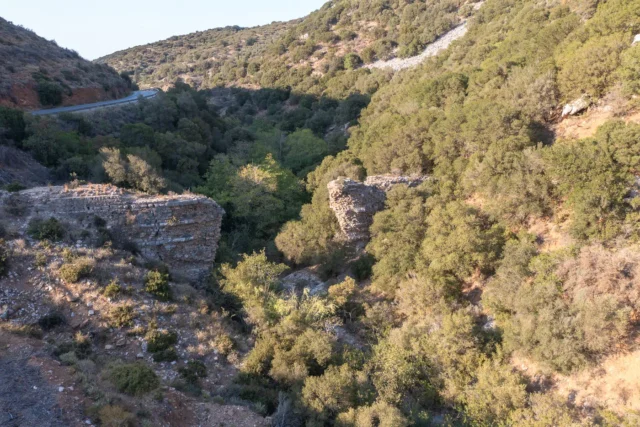


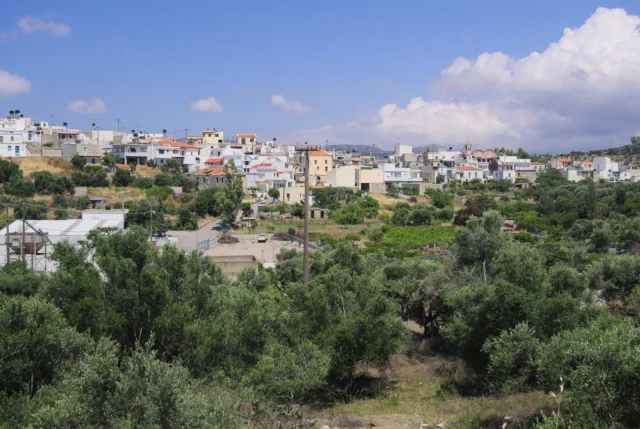
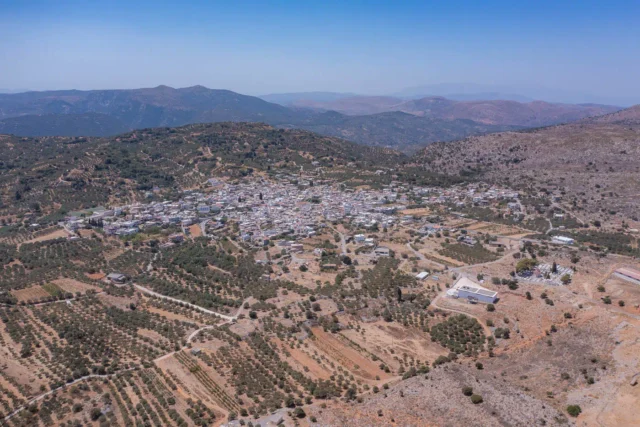
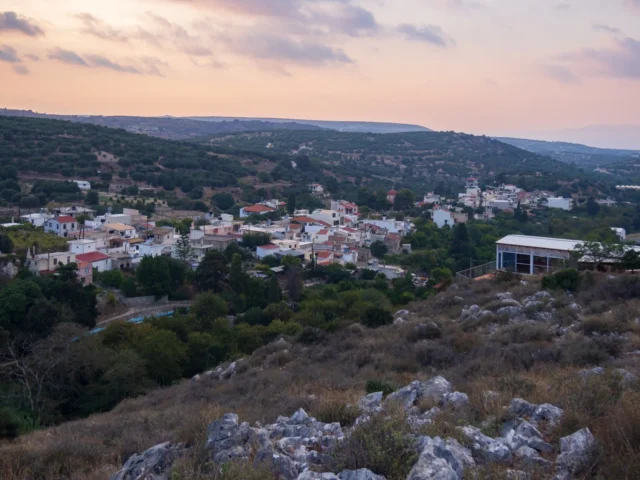


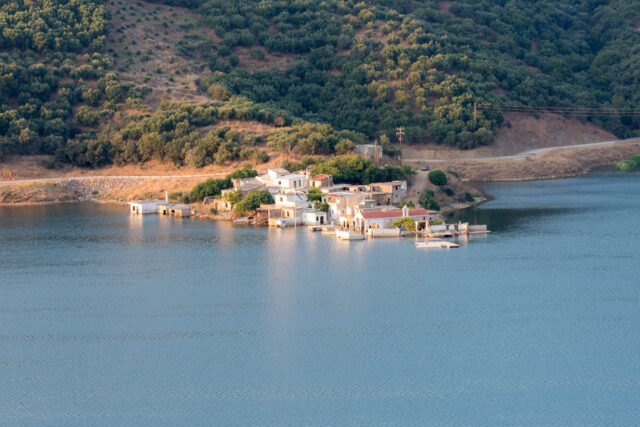
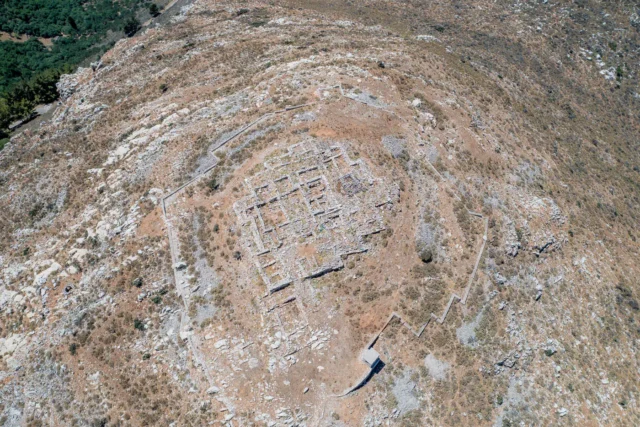

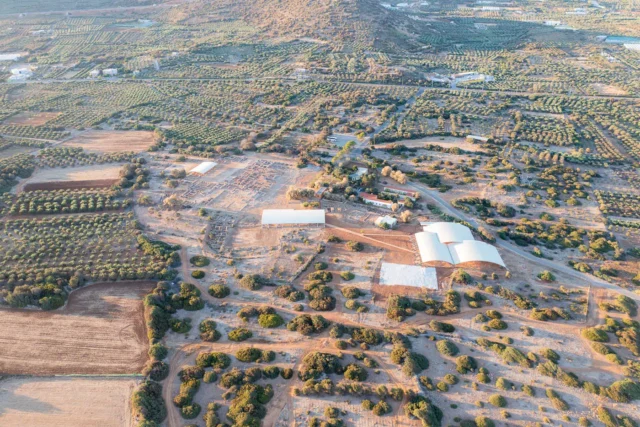
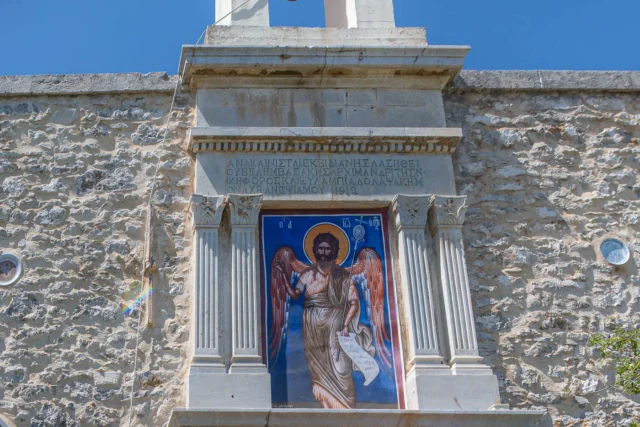
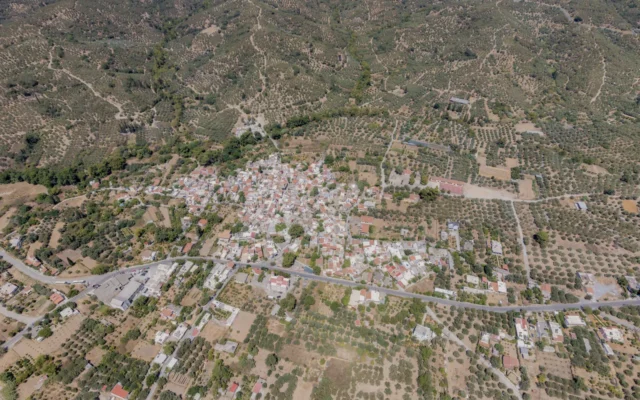
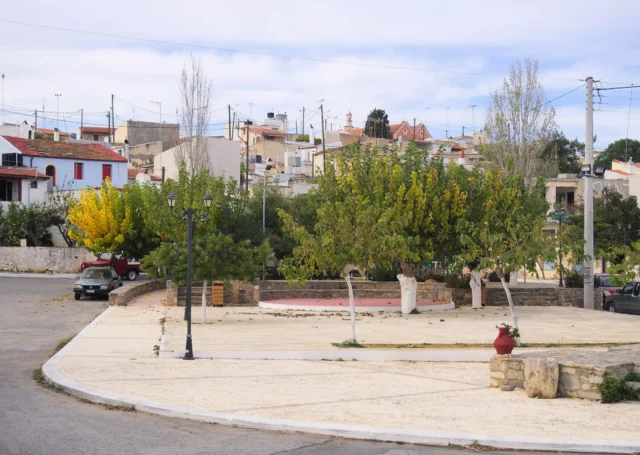
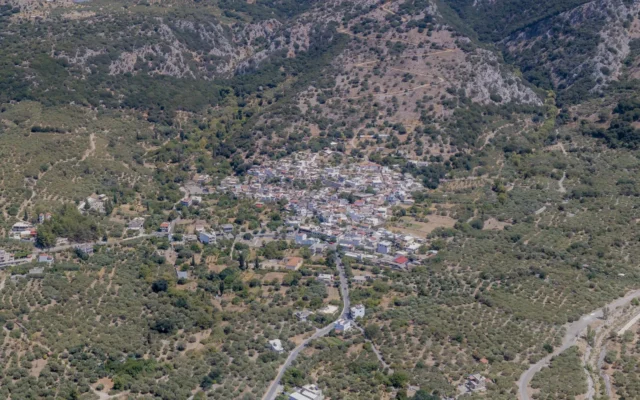
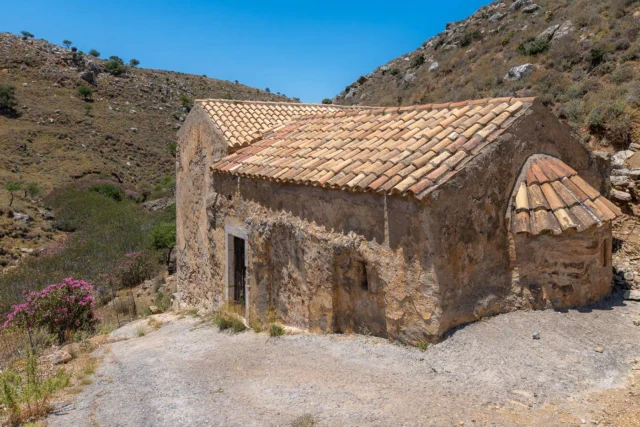
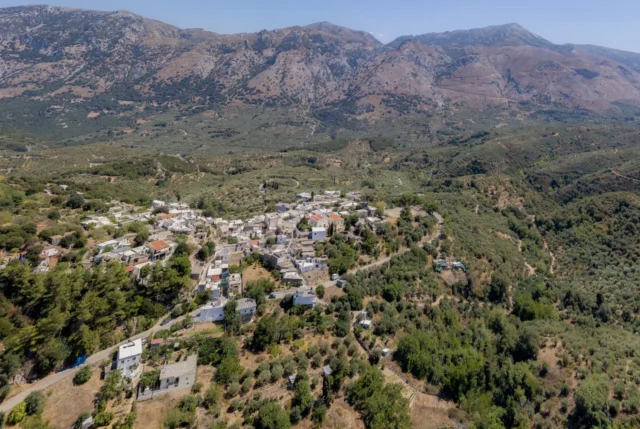
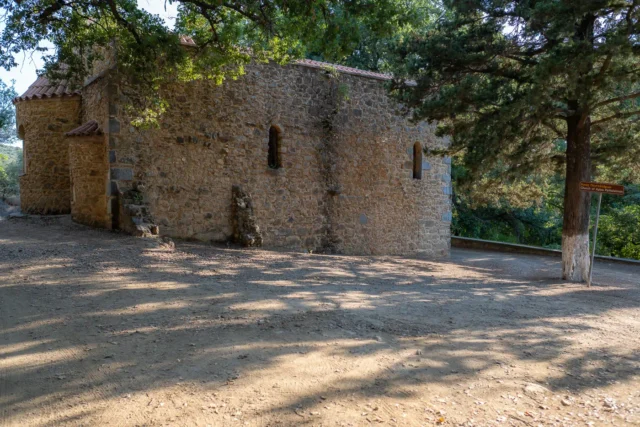
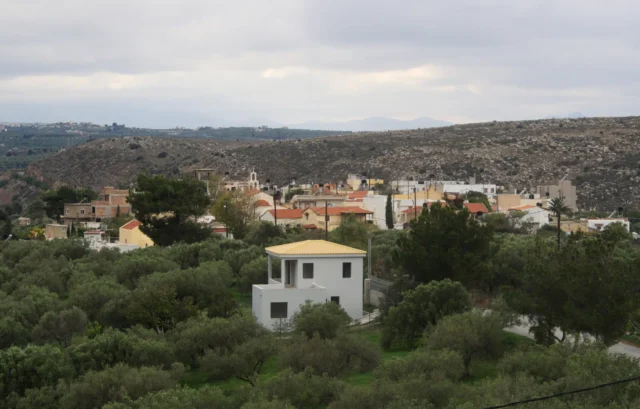

There are no comments yet.